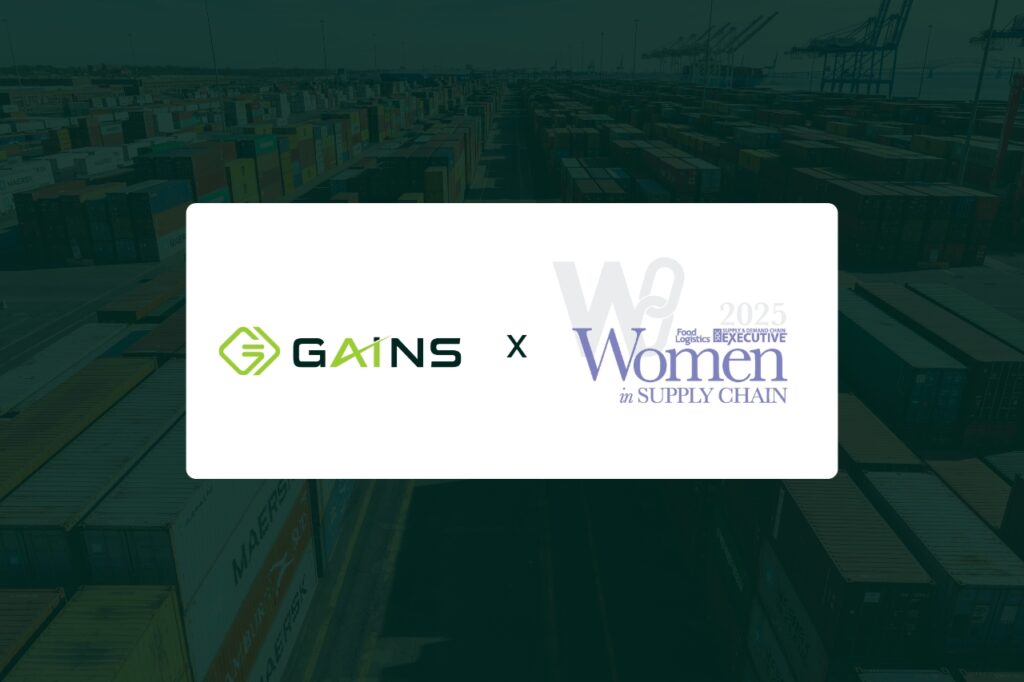A: There are two approaches (related to supply chain planning); the first is “Supervised Learning.”
The Supervised Learning approaches are Classification and Regression. These approaches are where the system has a known target and has learned based on a set of correctly identified instances. In Supply Chain, the training data set typically comes from experienced Supply Chain Professionals tracking their decisions and labeling data. The application of this includes: Automated Replenishment Planning, Automated Forecast Approval, Demand Transaction Outlier Detection, Master and IO Data Management.
Classification: Just as in statistical analysis, classification has to do with understanding or predicting what category something belongs in as it is observed. By identifying features of various pieces of data, the users typically have trained the system as to which ones indicate certain situations. A typical use case is to identify if a demand transaction is likely erroneous – this could be because it is for a quantity or with some specifications that are not available, for example.
Regression: Regression methods predict values –these can be counts, weights, rankings, distributions, and of course forecasts. The Machine Learning approach allows the system, once trained to understand the relationships between a dependent variable and several independent variables or predictors, to watch these patterns even in very large and complex sets of data. A typical case might be to estimate how demand will look at various points in the future or when a part is likely to fail to drive slow-moving spares and MRO inventory plans.
Oops! We could not locate your form.



